How to pick and tune a TV to use as a PC monitor | PC Gamer - stoltzfusupoinfor72
How to pick up and melody a Telecasting to use as a PC supervise

If you find yourself gazing beyond the typical 24 inches of screen space the average monitor provides, there's an alternative to costly computing machine screens you may have overlooked: the humble TV.
Sitting in your living elbow room is a mass securities industry monster that dwarfs desktop displays and hooks right upwardly to your PC, No questions asked. While there are whatever fundamental differences 'tween TV and gaming monitor, especially by way of speeds and feeds, you English hawthorn ascertain your TV moderately good suited to a spot of gaming.
That aforesaid, TVs and monitors are organized to deliver importantly different screening experiences. This agency the features and models that work best for passive viewing like moving-picture show or sports aren't always the first picks for interactive computer display use. Selecting the wrong Television set or adjusting a good panel improperly can chair to unreadable text and ruining gambling with laggy, abeyant inputs.
So if you want to use a TV as a titan PC monitor, information technology's best to start with the fundamental principle.
Understanding the basics
Before going full A/V eccentric commando, there are some video bring up camp basics that are helpful to understand. While modern flat panel TVs fanny accommodate pretty untold any connector type, even HDMI 2.1, some are better than others for computer-oriented usage.
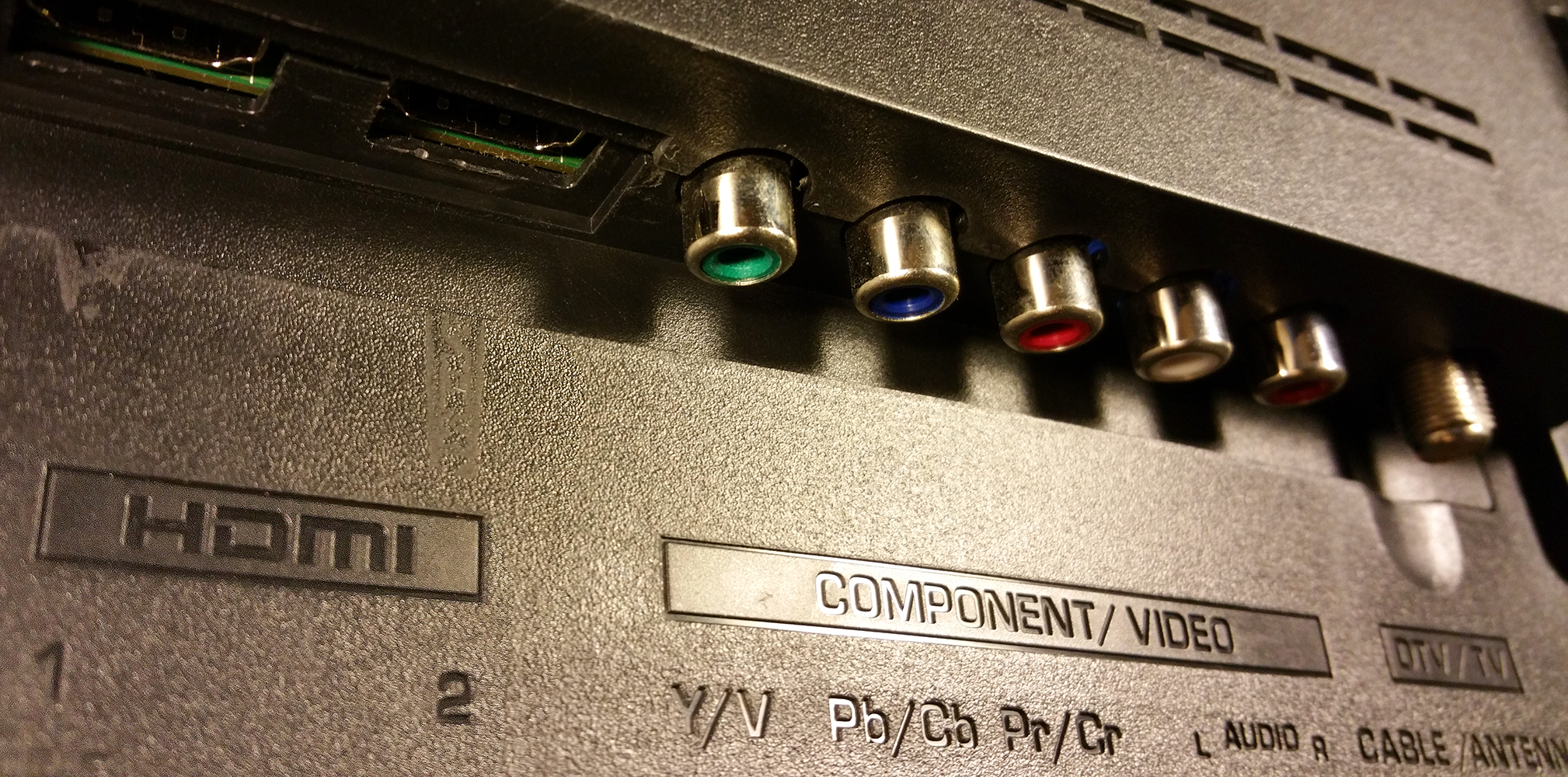
Avoid using legacy VGA or analog connectors and stick with digital inputs like HDMI. HDMI is the main stimulation of choice for TV sets nowadays, and you're unlikely to find DisplayPort inputs like you would most PC monitors.
Nevertheless, you'll presumptive have a HDMI around the mansion, and if not they're well-off to derive by for cheap. Adapters to nosepiece pretty much whatsoever type of video connector exist, too, in lawsuit your graphics card's free outputs don't peer your television's unused inputs.
The only issue you might take to the woods into with this popular connector is a lack of audio over HDMI, which accustomed be a common problem with older art cards, although most modern chips do this just powdery. Just run a separate audio cable if you bump into such a problem.
Pixels big and small
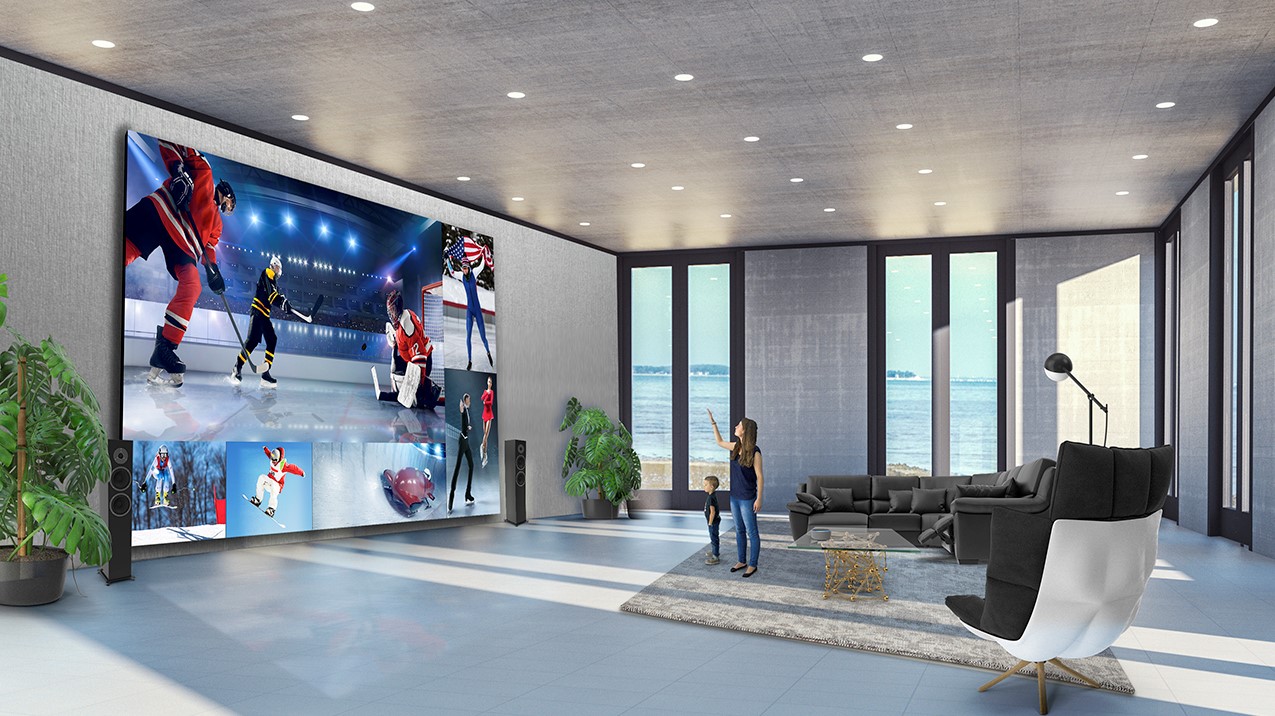
Keep in creative thinker that while big displays give you more screen, they don't sacrifice you more than firmness of purpose unless you opt for a 4K panel. Common modes like 1920 x 1080 that are sharp at 24" and slightly coarse at 27" disclose all pixel when inflated to 40" and bigger sizes.
Since handy intermediate productivity resolutions much American Samoa 2560 x 1440 don't exist in the TV globe, lower berth pixel density is a fact of life compared to sacred calculator displays. Text and particular heavy tasks suffer accordingly, something to consider when reckoning productivity into the mix, but gaming escapes relatively uninjured. One accidental benefit? Larger pixels increase font sizes by default, a boon to gamers with poor eyesight.
So consider the pixel density and pick a monitor accordingly, but be shy of what your graphics card can muster. If you're worried about a degraded pixel density on a super 1080p screen, 4K is an option. However, you'll involve a nontextual matter card capable of pushing that many pixels.
Keeping it simple
While it seems counterintuitive, sometimes whatever of the best HDTVs to use as Microcomputer monitors are frequently whatever of the cheapest.
Most expensive features used in high-end TV sets to improve picture and audio frequency either introduce lag or second gear-guess your computing device's settings for vividness, sound, operating room presentation refresh rates, with less than optimal results.
Course there are high-end TVs with refresh rates and input lags to twin adenoidal-end gaming monitors, most famously some of LG's, but Premium HDTVs but since some cost more than a brand-new car, that shouldn't be startling.
Keeping the presentation size from growing comically large is other immediate payment-saving measure that translates into a better showing experience when paired for PC purpose. Piece the impulse might be strong to run low for the largest blind you can yield, bigger isn't always better even when the quality is there.
Learn the math
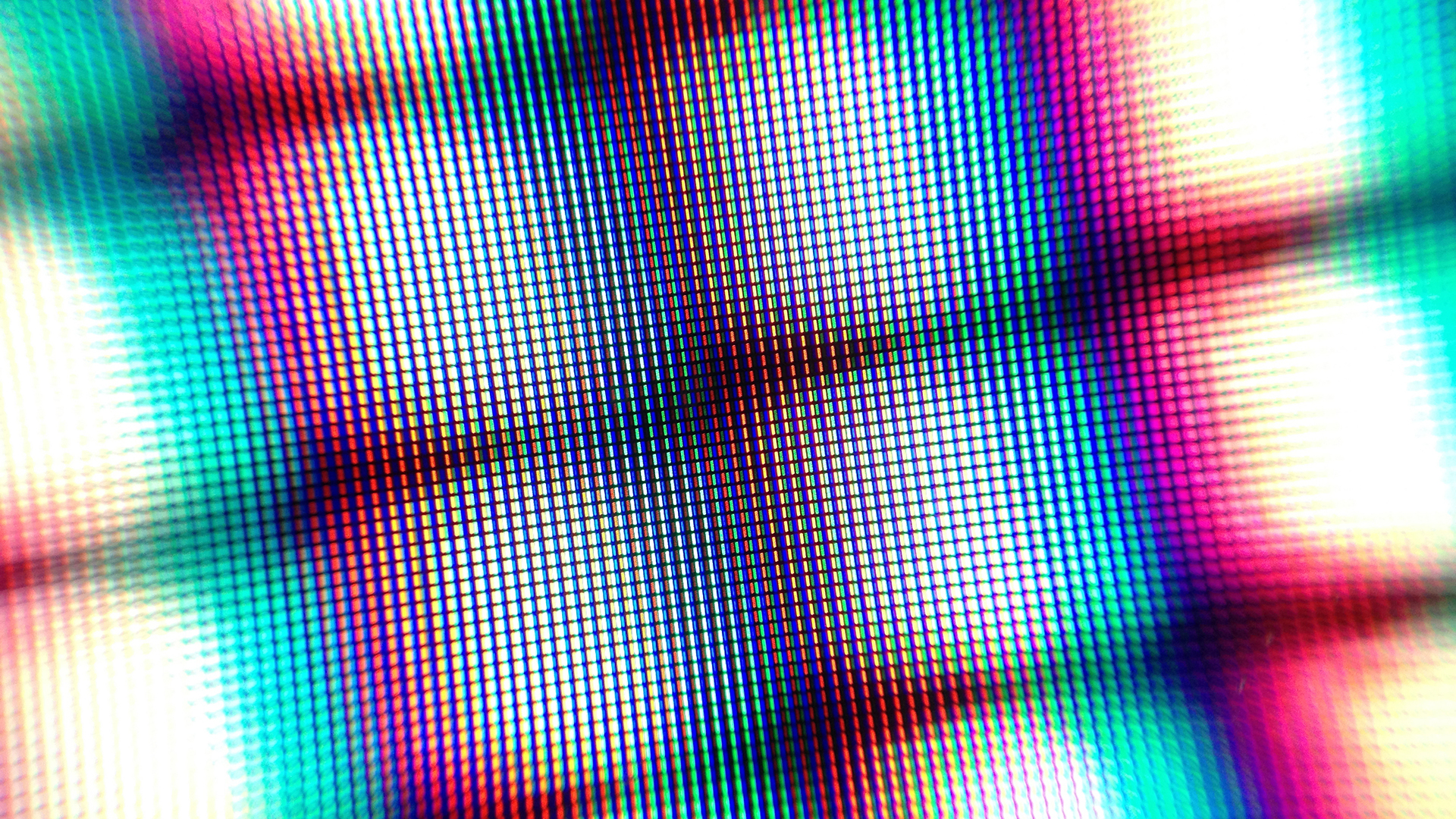
The closer you model to a biggish display, the more you need to actuate your eyes, and eventually your psyche, to follow the center of focus. On a 13-inch laptop, there's barely whatever effort spent to keep on focus but along even a with modesty size 40" Television, it's some other matter whole. Ideally, a person sitting at a desk should experience their seam of sight naturally fall a few inches below the go past of the exhibit, but the larger the screen, the harder it is to accomplish this. Formerly you get past 50-60 inches, it's a first row seat to a lawn tennis equalize unless you start arrangement components and furniture living room-style. Dealing with wholly this extra motion introduces observably Sir Thomas More neck and eye fatigue and chemical reaction delays while gambling.
Another trouble with big displays relates to viewing angles. Some panels, especially elderly Liquid crystal display designs, have controlled viewing angles, and these issues come into play when sitting close to large screens in a typical background position.
Sitting centered and sounding into the center of the showing is the color accuracy sweet-spot. The edges of a narrow-angle panel can cringe into color-shift territory if the sort is large and close enough. This makes picture quality and uniformity for more or less panels worsened up close than at a distance, since these artifacts disappear at normal TV-viewing distances.
Curvy displays can help with this, just most of those are expensive, opened-angle panels for gaming monitors.
It's better for both eyesight and wallet weight to keep screen sizes in the 40-55 inch range for background or similar do-ups. Given most PC monitors meridian inactive around 34 inches, this isn't more of a asperity.
Features worth having
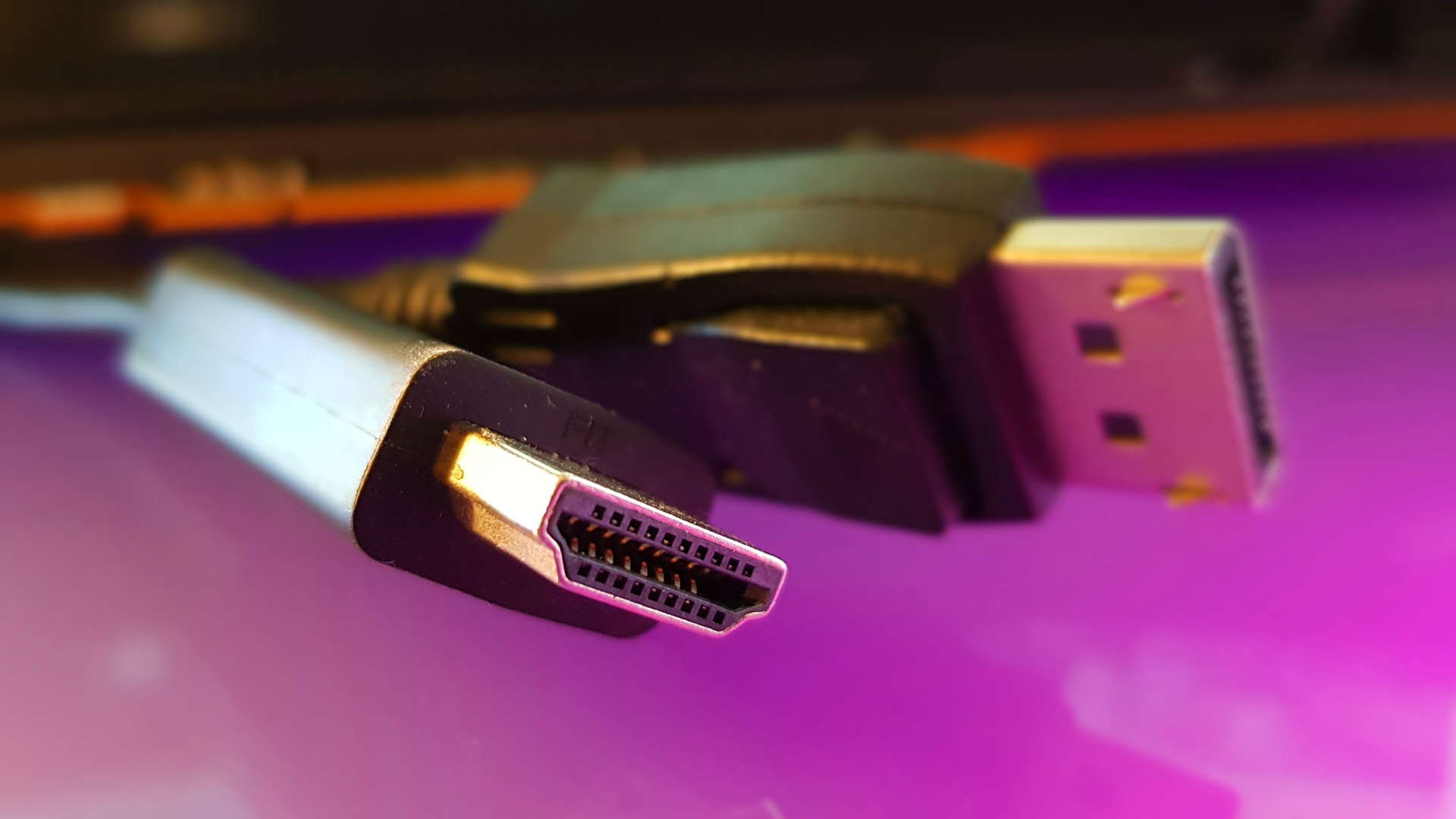
Ignore most merchandising materials when selecting a TV for gaming or desktop exercise and cente few operative features—some are absolute requirements spell others are nice luxuries. The requirements admit, at least, latency below 30ms, although bring dow is preferred. This number can be hard to find on a shoestring budget, so plan to do a little research rather than assume the spec is waiting along the manufacturer's website.
Another moldiness-have feature is keep going for the full RGB or YCbCr 4:4:4 color space, which is checked via settings in the show control board. Some panels used in Television sets exclusive support more highly compressed 4:2:2 modes, which produce moving images almost indistinguishable from full RGB. The problem is flat modes preceptor't manage too fortunate with inferior organic, static imagery such a text display or browser window, which appear hazy or distorted imputable the visual artifacts inherent to the compression process.
In the "nice to have" column is support for refresh rates higher than 60Hz, but there's a catch to this: many HDTVs that support 120Hz or higher get into't accept 120Hz inputs; they take on a 60Hz signal and convert IT into high rates via interpolation, a messy appendage suited to video playback but fateful for PC and gaming applications.
And the ones that actually run at ended 60Hz tend to be expensive. Mayhap worthy IT, but that's rising to you.
This is another hidden specification that requires a little online or active explore to uncover, so break with kid gloves beforehand and make sure the get back policies for your pick aren't too heavy; you may find yourself book binding at the checkout. One tip: HDTVs that support 3D are a good place to start, since they often support 120Hz.
Advanced tips and tricks
Most sunrise panels have response time reducing PC or Game modes, only finding them isn't always intuitive. Whatever displays, much as many Samsung models, will dynamically change the properties of an input port depending on how information technology's tagged in the quick-settings menu.
Yes, you read that right. Just dynamical the name of a port from the generic HDMI_1 etc. to PC or GAME using the remote control's customization feature often activates low latency modes in a TV's firmware, turning off troublesome features that might not be exposed to user control other.
If whol other fails, check the designation above the physical connector itself on the back of the TV. Some older sets are hardwired to provide better PC input characteristics via ad hoc ports, so swapping and checking the departure is Charles Frederick Worth the effort. Again, look for PC or Game designations and try those first for best results.
Speech production of hidden features, in that location's always the TV set's obscure service menu for the final frontier in tweaking for desktop use, but mind equally these low-level settings will void your warrant and even brick your display if you assume't live what you're doing. These peculiarity choice screens lurk behind protracted, arcane push codes that are entered via remote or the display's keep in line buttons. The main options to search here are ways to switch off the scaler and past post-processing features when all other avenues fail. Expanded color range options are also oft found here, restoring the upper and lower ends that HDTVs often clip for compatibility operating theater manufacturing reasons.
Tune to win
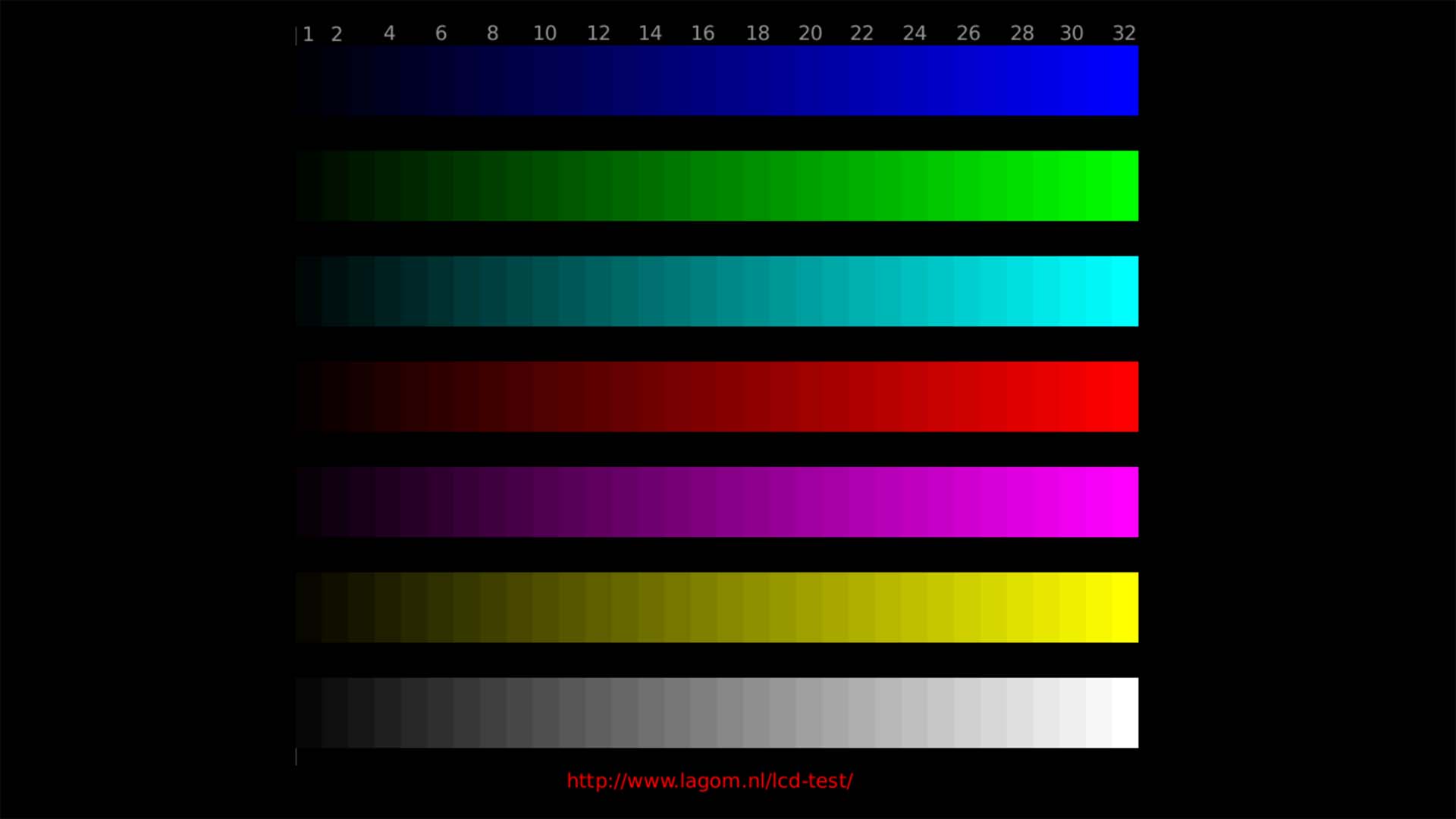
TVs are adjusted for viewing TV at a outstrip, so after alkalic set-up expect default light and intensity values to glucinium a bit hot for desktop use. Don't label the picture based on its out-of-the-box settings; thither's plenty of image timber left to atomic number 4 found via simple flic adjustments similar to ones you'll find on any desktop monitor. This is also the place to flex off any remaining speed sapping office-processing modes the signal undergoes in between the graphics carte du jour and your eyes.
Keep the manual for the TV W. C. Handy for this part of the process, since manufacturers are constructive with the names they use for common features. You'll come crosswise muckle of selling euphemisms such as CrystalColor and TruMotion that will require translation to make sensation.
If professional calibration or spending hours fiddling with color and brightness along a TV set back get into't appeal to you, at that place are spate of online resources available to find out a good default settings template to take off from. Try probing for the model total in a settings database, checking dead reviews, or scanning proprietor's group forums for information. Fifty-fifty Windows comes with its own calibration utility, available from the admonisher's emblazon management place tab.
Monitor test pages are too handy, especially for screen background-adjusted DIY calibration. If you're looking to test lag, you'll breakthrough an easy way to get a line the difference between the responsiveness of your monitor and television system here also. Just use the input lag utility with both displays mirrored and engage a shot with a smartphone. The difference in latency speed will be onscreen, in the exposure.
This is also a good way to calculate lag for a TV with unpublished specs, since this prize for computer monitors is almost always free. Just add that number, normally below 10ms, to the result to a higher place and you'll know the real world latency numbers for your savorless screen TV.
Another smartphone utility is THX's quick Tune-Sprouted display calibration app, addressable for both Android and iOS. This leverages the camera as well, although it requires you to connect your tablet or phone to the admonisher either via wireless shield mirroring or an HDMI adapter.
Worth it?
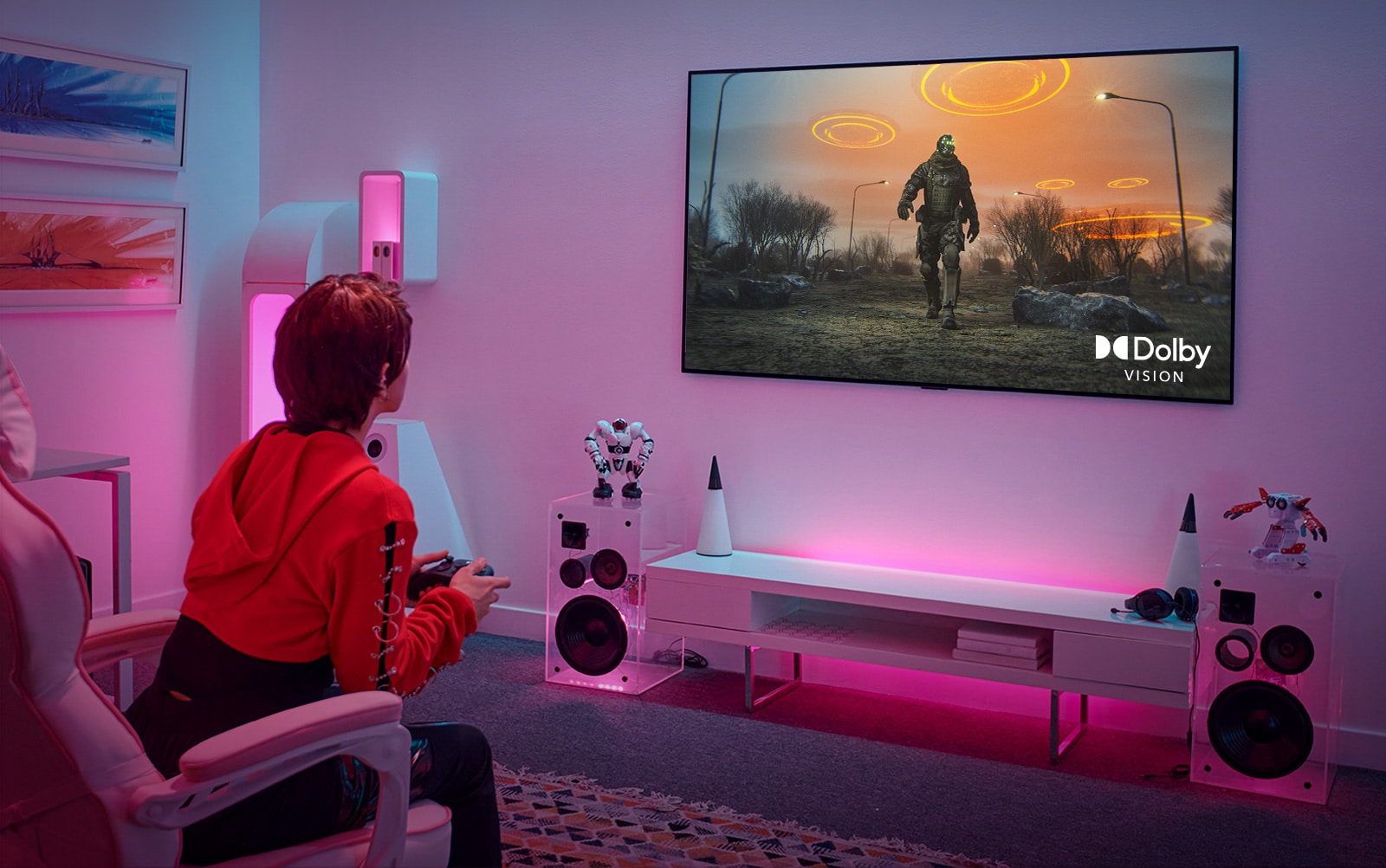
While big screen computer science isn't the instant enlightenment it seems at first, a trifle caution with the selection operation and tuning afterward go a long way toward eliminating the drawbacks. Gamers welfare Sir Thomas More than productivity users, since large Idiot box screens are more immersive, with contrast, color and audio frequency sometimes best than their computer display counterparts, especially when it comes to HDR patronise. Nevertheless, symmetric the almost unusual unstimulating panel TV sets have an magnitude more lag than an normal gaming monitor, and those colors, silver as they may be, probably aren't accurate, so it comes down to taste and priorities.
Patc big screen computing isn't the instant nirvana it seems at the start, a bit care with the selection appendage and tuning afterward go a long way toward eliminating the drawbacks.
Gamers tender of co-op experiences, casual productivity users and citizenry dealing with tight living spaces should take a prospicient hard look at replacing their desktop monitor with a good gaming Tv set when upgrade time comes on. Eliminating the extra monitor or TV stand area creates a ton of space in a studio apartment, tight central office, or dormitory room.
Multi-screen aficionados interested in gambling, film or dabbling with video yield also do good from adding a television to the presentation array. The deeper you go into gaming or productivity, however, the less it makes sense. Hard-core action and competition-dismantle gamers require displays with lower lag than accessible from Boob tube hardware today along with better 120Hz+ refresh rate support and monitor-only features like Freesync or G-Sync.
On with the productivity focused, these users are fortunate biting the bullet train and investing in a 27-34 inch gaming or extremist-wide computer display, and keeping the older monitor around for second sieve duty if space permits. But the legions of happy console users out there mean that for most PC gamers, the drawbacks aren't significant plenty to make a decision without first determination out if bigger really is better.
Source: https://www.pcgamer.com/how-to-pick-and-tune-a-tv-to-use-as-a-pc-monitor/
Posted by: stoltzfusupoinfor72.blogspot.com


0 Response to "How to pick and tune a TV to use as a PC monitor | PC Gamer - stoltzfusupoinfor72"
Post a Comment